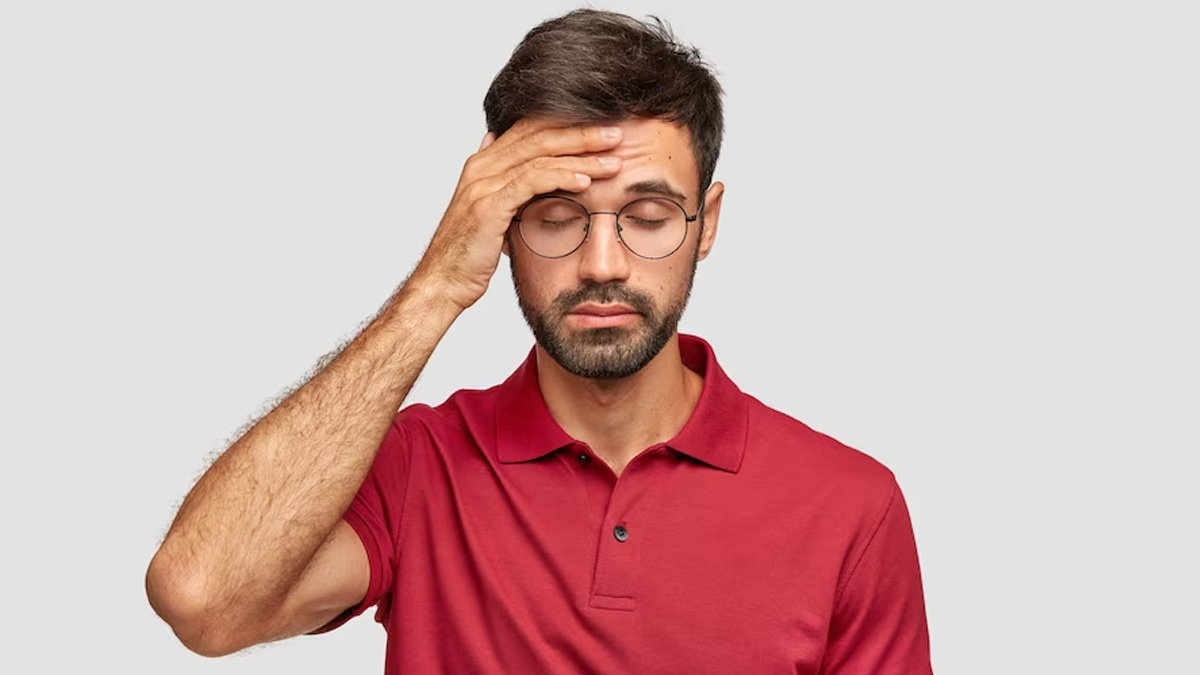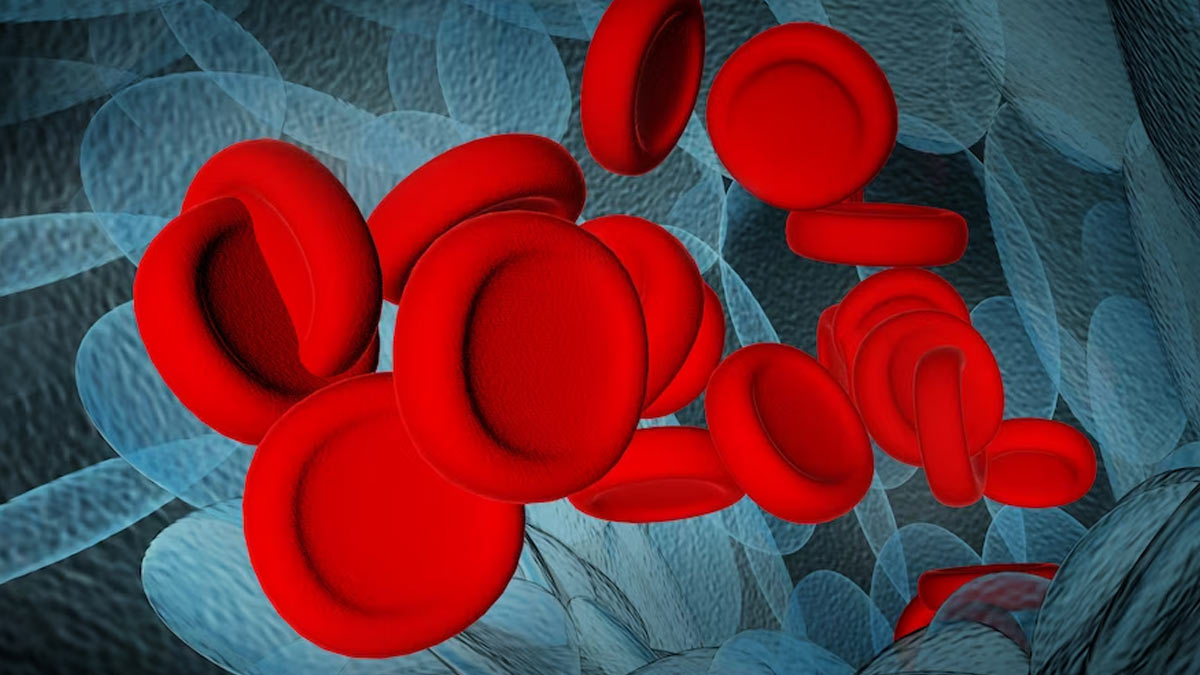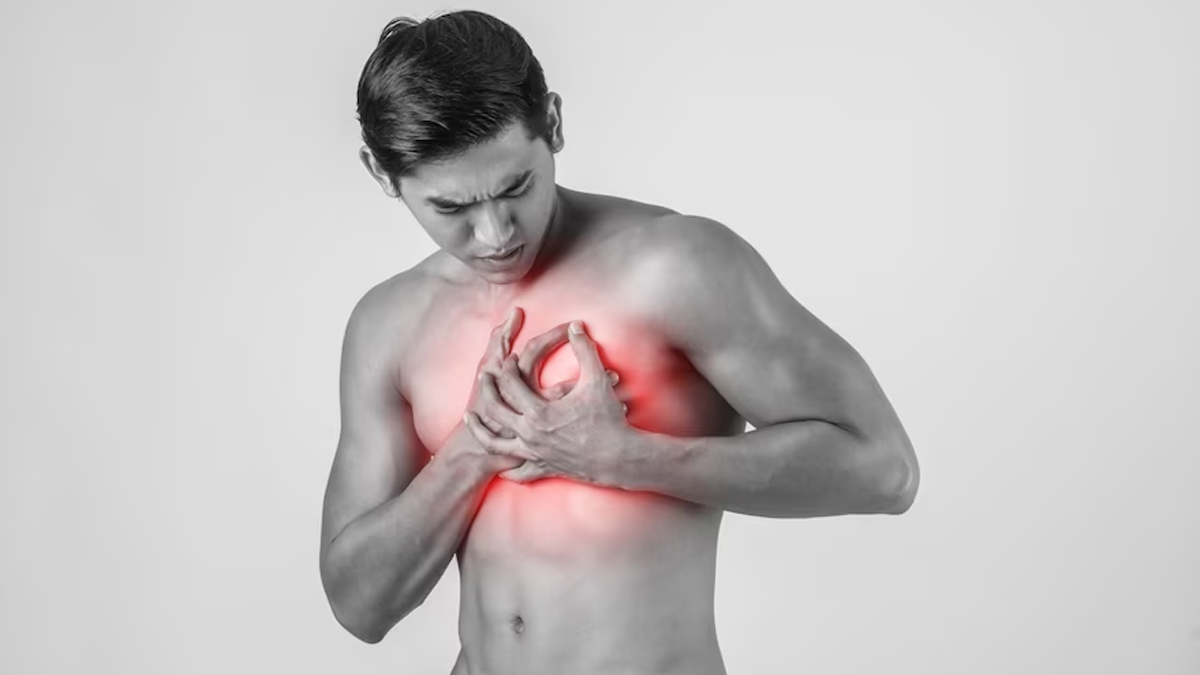

The circulatory system of the human body is complex. It is bound together by blood vessels, including arteries, veins, and capillaries, that facilitate the flow of blood throughout the body. The heart acts as the central pump that propels oxygen-rich blood to tissues via arteries and returns oxygen-depleted blood via veins. The capillaries, on the other hand, enable the exchange of nutrients and waste products at the cellular level. To understand further, we delve deeper into the details and explain what can happen if the blood circulation goes haywire. We spoke to Dr Manoj Vithlani, Senior Consultant Physician and Diabetologist, HCG Hospitals, Ahmedabad, to understand the same.
Understanding The Circulatory System

The circulatory system, also called the cardiovascular system, is a complex network of organs, blood vessels, and components that work together to transport vital substances such as blood, oxygen, nutrients, hormones, and waste products throughout the body. Some of the important components of the circulatory system include:
Heart: It is responsible for pumping blood throughout the body. It has four chambers—two atria and two ventricles—that work in coordination to ensure efficient circulation.
Also Read: Inflammation: Here’s How It Can Impact Cardiovascular Health
Blood Vessels: Blood vessels comprise many aspects including:
Arteries: These vessels carry oxygenated blood away from the heart to various tissues and organs. Arteries have thick, elastic walls that help maintain blood pressure.
Veins: Veins carry deoxygenated blood back to the heart. They have thinner walls compared to arteries and often have valves to prevent backflow.
Capillaries: Capillaries are tiny, thin-walled vessels that connect arteries and veins. They facilitate the exchange of nutrients, oxygen, and waste products with individual cells.
Blood: Blood is a fluid connective tissue that consists of red blood cells (carry oxygen), white blood cells (fight infections), platelets (assist in clotting), and plasma (liquid portion containing water, electrolytes, proteins, and hormones).
The circulatory system works towards pumping oxygen-rich blood from the heart’s left ventricle into arteries, which then distribute it to tissues and organs. It also carries deoxygenated blood and waste products generated by cells back to the heart and then to the lungs for oxygenation and removal of carbon dioxide.
The circulatory system’s continuous cycle of blood flow ensures that every cell in the body receives the necessary nutrients and oxygen while removing waste products, thus supporting the proper functioning of all bodily systems.
Signs Of Poor Blood Circulation

Poor blood circulation occurs due to various factors, including narrowed or blocked blood vessels (atherosclerosis), heart conditions, diabetes, obesity, smoking, sedentary lifestyle, and certain medical conditions.
Dr Vithlani says, “Cold and pale extremities, persistent tiredness in limbs, and slow-healing wounds are the markers of poor circulation.”
Research has found that poor circulation can lead to existing varicose veins to become more visible, which can make it difficult for blood to flow back to the heart and collect in the lower extremities, such as the legs and feet.
In addition, the National Institute on Aging suggests an impaired blood circulation can also affect brain health, leading to changes to memory, thinking, and behaviour, even leading to a condition called vascular dementia.
Also Read: High Blood Pressure Can Increase Your Risk Of Heart Attack: Best Ways To Bring It Down
Prevention And Treatment

“Adopt a healthy lifestyle that promotes better circulation,” says Dr Vithlani, recommending a balanced diet rich in nutrients, staying hydrated, avoiding excessive salt and processed foods, and limiting alcohol and caffeine intake.”
He also encourages indulging in activities like walking, swimming, cycling, and yoga, which can prove beneficial.
If you already have poor blood circulation, it is best to consult a healthcare provider, who can refer to treatment plans that open blocked arteries, remove a blood clot, or recommend procedures that keeps blood clots from getting to your lungs or close/remove varicose veins.
اكتشاف المزيد من ينبوع المعرفة
اشترك للحصول على أحدث التدوينات المرسلة إلى بريدك الإلكتروني.
